Join Us For Our Upcoming Events
Join a Vibrant Community Celebrating Hindu Culture and Traditions


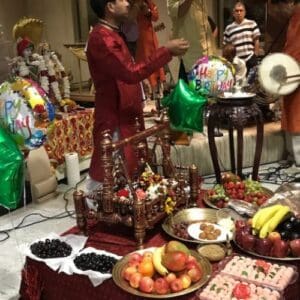
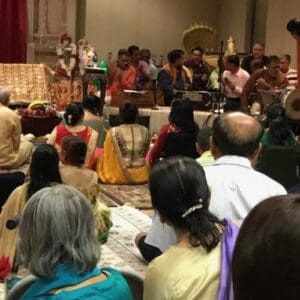



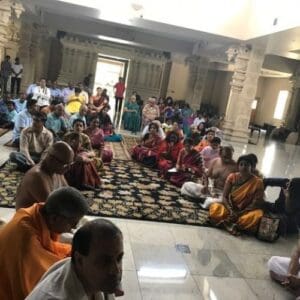
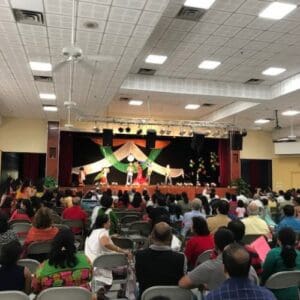
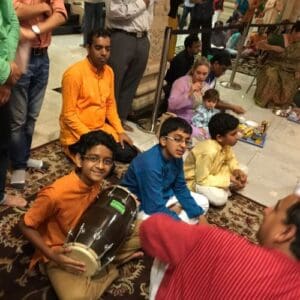
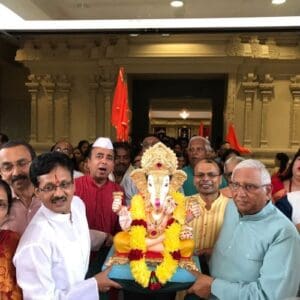
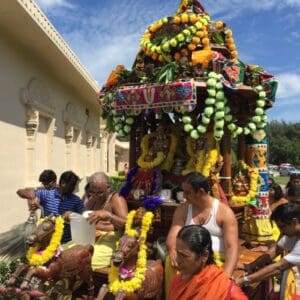
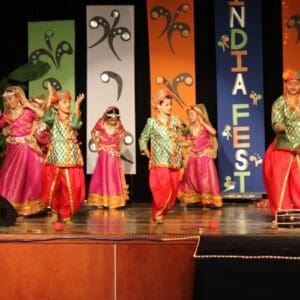
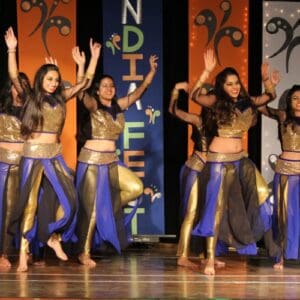
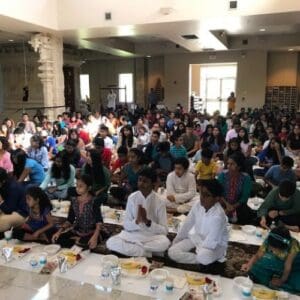
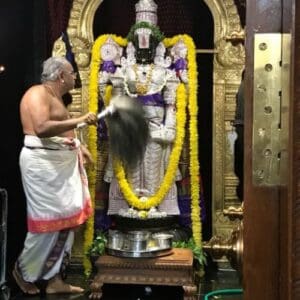
Savor the essence of traditional Indian cuisine right within our temple premises. Our Prasad Bhavan (Cafeteria) not only offers an array of delectable vegetarian dishes but also the convenience of online ordering and specialized catering services. Whether you’re looking for a quick bite after prayers or planning a larger celebration, our culinary offerings promise authenticity and devotion in every bite.
Every dish at our Prasad Bhavan (Cafeteria) is a symphony of flavors and traditions. Prepared with utmost care and reverence, our menu features an array of authentic Indian vegetarian dishes, ranging from comforting staples to regional specialties. Using only the freshest ingredients, our meals not only satiate the palate but also feed the soul. Experience a culinary journey that reflects the richness and diversity of Hindu culture, one bite at a time.
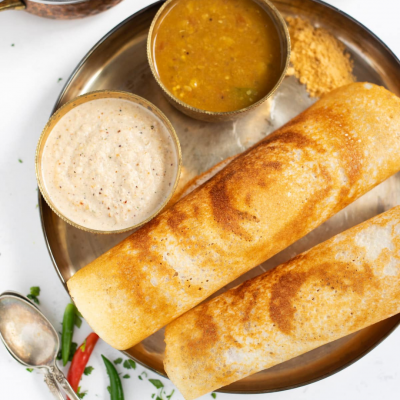

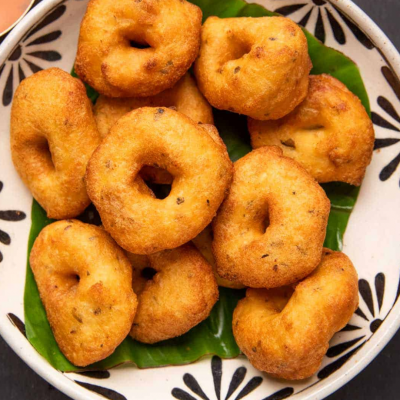
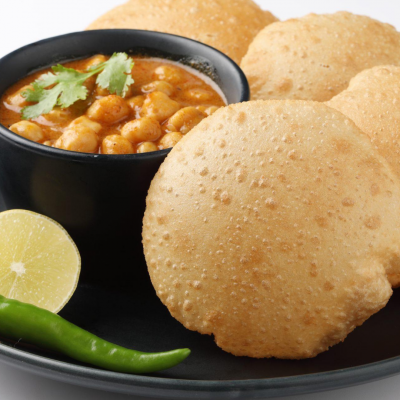
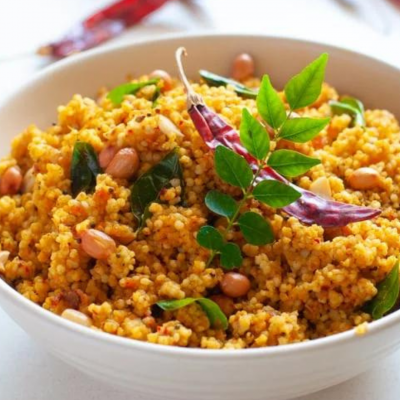
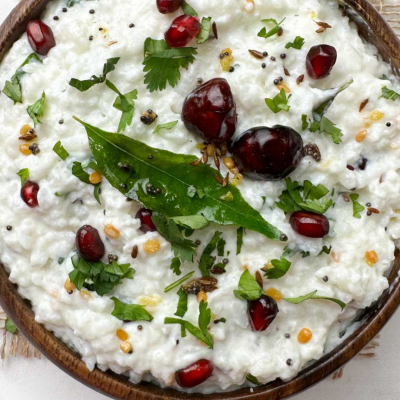
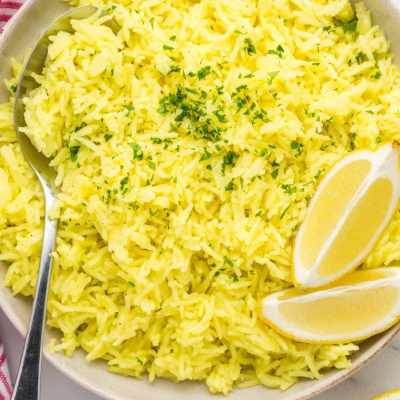
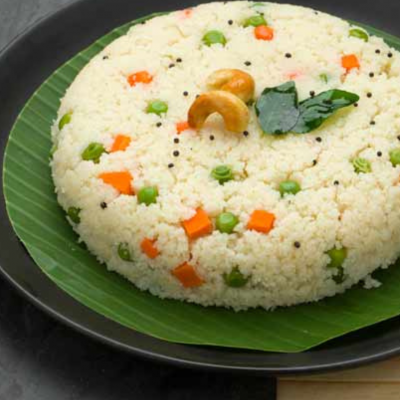
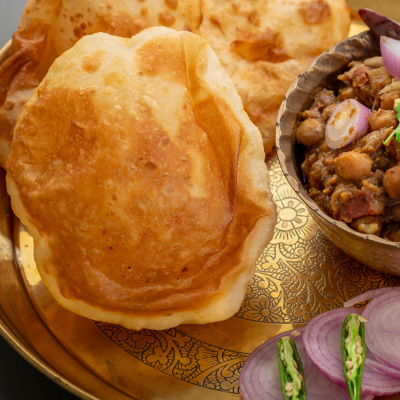
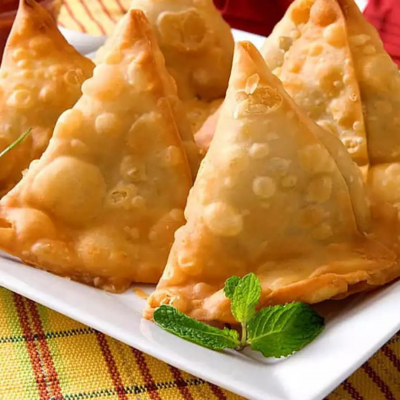
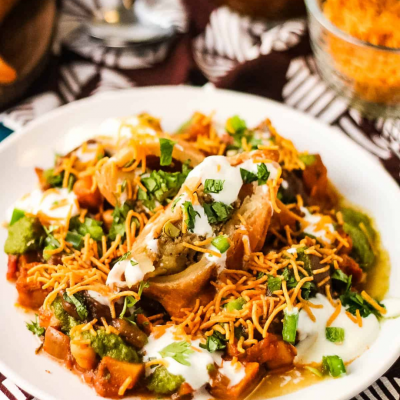
We’re honored to bring the rich flavors and traditions of our Hindu Temple Cafeteria to your special events. Priced competitively and crafted with devotion, our catering options ensure that your gatherings, big or small, are graced with authentic Indian vegetarian delicacies. Browse below for detailed pricing and elevate your occasions with a touch of sacred tradition.
Join a Vibrant Community Celebrating Hindu Culture and Traditions
















©2023 Designed by Cobia Marketing All Rights Reserved.